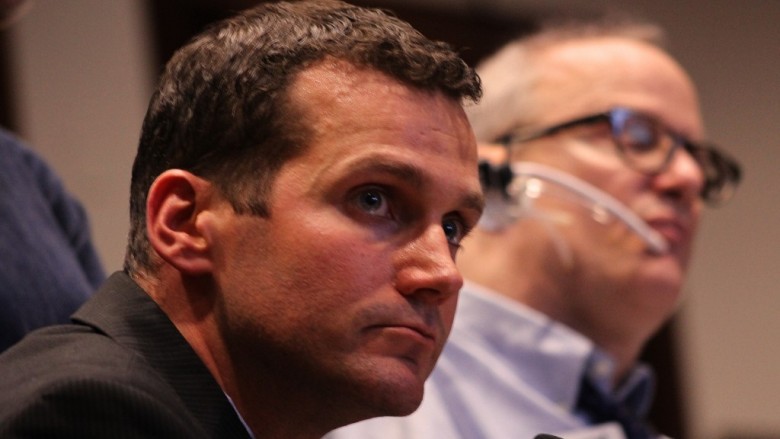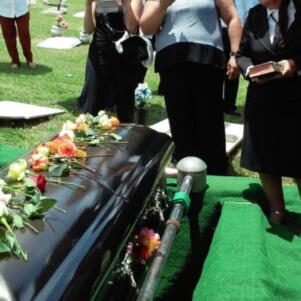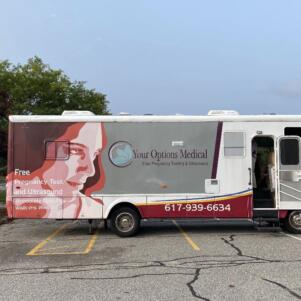A fighter takes aim at assisted suicide
By Kara Bettis | November 30, 2015, 5:00 EST
 Marine Corps veteran J.J. Hanson testifying at an October hearing on assisted suicide at the Massachusetts State House. (NewBostonPost photo by Evan Lips)
Marine Corps veteran J.J. Hanson testifying at an October hearing on assisted suicide at the Massachusetts State House. (NewBostonPost photo by Evan Lips) BOSTON – Kristen Hanson remembers the phone call she received on May 13, 2014. It was an emergency medical technician who told her that her husband, J.J., who had appeared completely healthy when he left for work, had suffered a seizure and couldn’t speak. But nurses couldn’t find anything wrong.
After hours of tests during which she pushed for an MRI scan, doctors found the life-altering cause of the grand mal seizure: two lesions in J.J.’s brain that were diagnosed as an inoperable, aggressive form of cancer. Doctors told the upstate New York couple that he had just four months to live.
“It was paralyzing, it was so traumatic. One day everything is perfect, you’re living your dreams … then all of a sudden they tell you your husband’s going to die,” said Kristen, a former elementary school teacher and current stay-at-home mom with James, her two-year-old son. “All of a sudden you have to make these huge decisions without really knowing much about the disease.”
Today, 34-year-old J.J.’s cancer is in remission following aggressive treatment. Now the optimistic Marine Corps veteran is fighting for the lives of others.
After serving two deployments in the Marines and fighting off brain cancer, J.J. is now battling to save lives as president of the two-year-old, Princeton, N.J.-based advocacy group Patients Action Fund. As part of his work, he travels to speak out against physician-assisted suicide.
Last month, he came to Boston to testify at an Oct. 27 hearing on an assisted-suicide bill pending before the Massachusetts Legislature. In January, state Rep. Louis Kafka (D-Stoughton) reintroduced the measure as House Bill 1991, an “act affirming a terminally ill patient’s right to compassionate aid in dying,” in a fourth attempt in six years to pass it into law. A similar measure that appeared on the 2012 election ballot lost, 51 percent to 49 percent.
“If this legislation was legal at the time, I could have had doctor-prescribed suicide pills on my nightstand” after being told he’d be dead within about 120 days, J.J. testified at the Public Health Committee hearing on Beacon Hill. “I would have had them with me as I laid in bed during month five and questioned whether life was worth living.”
The story of Brittany Maynard, a Portland, Oregon, advocate for right-to-die laws, has become the face of the movement. Advocates for “death with dignity” contend that individuals should have the right to take control of their own lives and be able to end them as they choose, whether to avoid physical pain or otherwise. Such laws exist in Oregon, Washington, California and Vermont.
Maynard and J.J., who were about the same age and had the same type of cancer, grade-4 astrocytoma, used their experiences in opposite ways. He cites his success in fighting off the disease in making the case that assisted-suicide laws can undermine the will to survive among people with life-threatening illnesses. She ultimately took advantage of the Oregon law and ended her life last year.
“Everyone deals with difficulty in their life in some way or another,” J.J. said. “Not only are you going to die, but you’re going to die fast and it’s going to be painful. What are you going to do with that? That was the question we had to face.”
While not everyone would make a similar decision, J.J. and Kristen chose to fight his cancer, which meant searching until they found a doctor willing to operate.
During the surgery, doctors found a third tumor and successfully removed all the diseased tissue. J.J. also received painful chemotherapy treatments. Even with the disease in remission, he remains a high-risk patient.
Like many who oppose assisted suicide, J.J. argues that physicians can make diagnostic mistakes and many patients can live for years after a prognosis of imminent death. He is also concerned for patients whose insurers will cover inexpensive lethal drugs but not $4,000-a-month chemotherapy treatments, as Springfield, Oregon, resident Barbara Wagner said she was told in 2008.
“If 10 percent survive, why can’t I be the 10 percent?” J.J. said. “You have to try. You have to go for the best-case scenario.”
Contact Kara Bettis at [email protected] or on Twitter @karabettis.
NBPValueoflife










